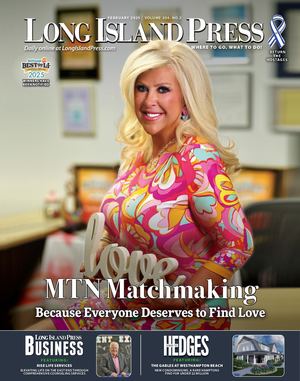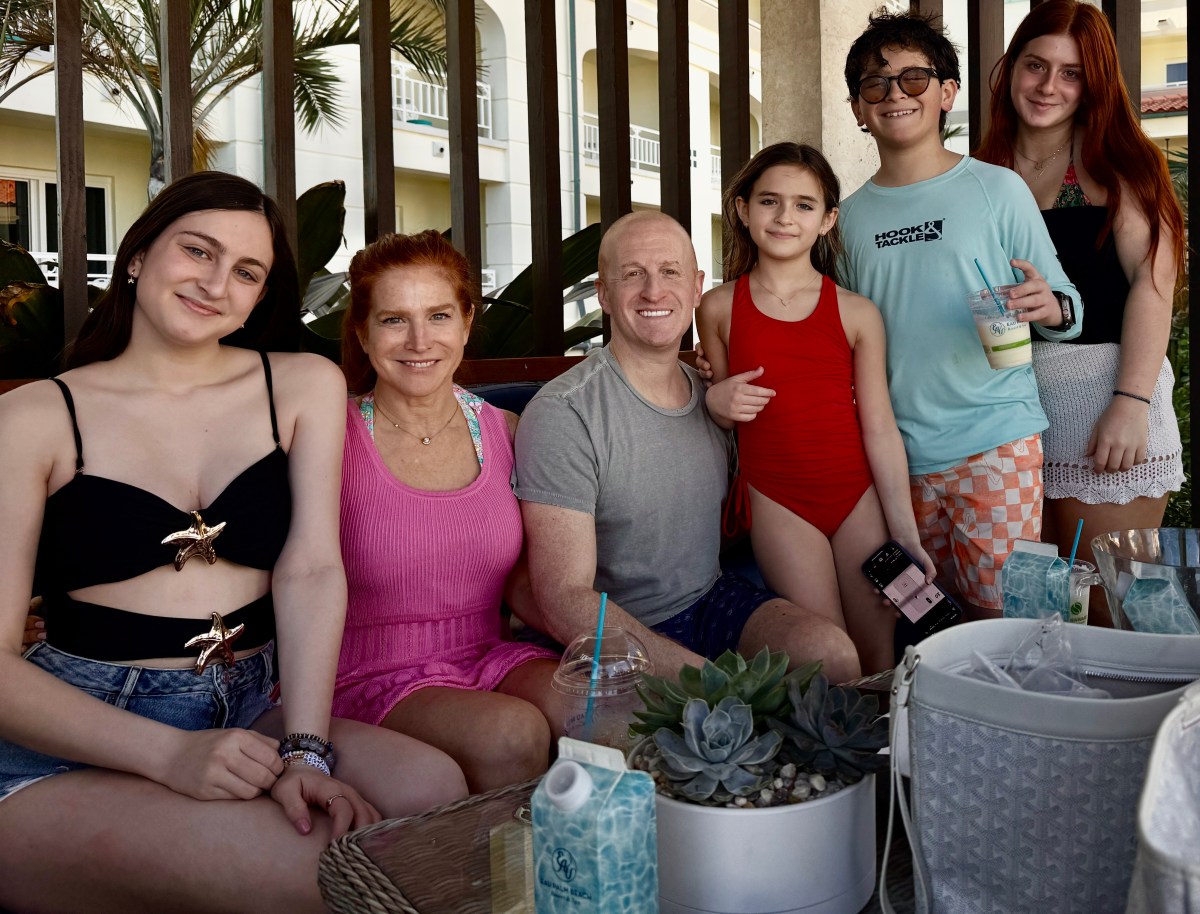
Passing a woman with short-cropped hair or a perfectly shaved head barely gives us pause anymore. Perhaps it signifies solidarity for a friend on St. Baldrick’s Day or a gift of hair to “Locks of Love.” Maybe it’s simply a style thing; an expression that a woman is more than her hair. Or it could be a woman bravely displaying the effects of chemotherapy.
Whatever the reason, our perception of cancer and those battling it has changed. Breast cancer has become familiar to us, particularly on Long Island. We walk for cancer. We raise money to defeat it. We see pink ribbons year-round and know what they represent.
Even though our awareness has risen dramatically, it does little to assuage the effects of cancer on the person diagnosed with it.
There is hope. With advances in treatment, earlier detection and new understandings of this disease, more and more women are now living with breast cancer.
“Mortality has gone down significantly since screening and awareness has improved,” says Dr. Alexander Hindenburg, medical oncologist at Winthrop-University Hospital in Mineola. “Breast cancer patients are much more savvy than other cancer patients. They are very motivated.”
Scientists are continuously learning new information about women’s breasts and now believe the fatty tissue that comprises them can act like a sponge, attracting and soaking up whatever they come in contact with, both internally and externally. They’ve also learned that breast cancer is not just one cancer, it’s a combination, and thus have new courses of treatment.
“Early diagnosis is the key to improved breast cancer survival rates,” says Dr. Patricia Farrelly, clinical assistant professor in the department of surgery at Stony Brook University School of Medicine. “Beyond this, the field continues to rapidly change. Today, we have learned more on the biology of tumors, but this is still in infancy. No tumors are the same and this will help to individualize and personalize treatment plans. There are constantly new options.”
So while cancer hasn’t changed, the way doctors and survivors deal with it has.
Samantha Fried, 35, of Islandia, moved back home to live with her father Howie until she heals from her double mastectomy. Sam’s mother died when she was 2 years old, and Howie raised Sam and her three sisters alone.
Sam is beautiful—radiant, actually. Her hair has started to grow back and is now about two inches long. She wears a pink headband and a bow. It is a far cry from the long blonde hair she had a few months ago.
A veterinarian technician who wanted to change careers and study to be a nurse, Sam was especially interested in adult and pediatric oncology. She had been accepted into the State University of New York’s accelerated nursing program. Having a physical was part of the admissions process.

By chance, Sam had found a small lump in her breast herself; the thought it could be cancer was unthinkable.
She was young and there was no family history of the disease, which accounts for only 5 to 10 percent of diagnosed cases according to the National Cancer Institute.
SUNY suggested she get a mammography, so Sam went to her own radiologist.
“They said it was benign,” she recalls. They showed her the scan of her breast. “It looked like little pieces of sand.”
Forty percent of women have dense breast tissue, which has less fat and more connective tissue, according to the American College of Radiology Imaging Network. This can cause major ramifications because of the difficulty in reading the mammograms to detect tumors. Dense breast tissue appears light-colored on a mammogram, as do tumors.
The problem has been taken seriously by physicians, and by lawmakers, too.
New York State Gov. Andrew Cuomo signed a Breast Density Law Aug. 1 requiring health care facilities to notify patients categorized as having dense breast tissue about their condition. The law is designed to improve detection and prevention through education about how dense breast tissue can conceal abnormalities during a mammography.
So while mammograms are historically the first choice for detecting breast cancer, a two-pronged preventive approach is now being used more and more often: the MRI, or magnetic resonance imaging.

“Digital mammograms helped to revolutionize breast cancer with improved imaging at often earlier stages,” says Farrelly. “Unless strong family history, imaging is not usually recommended under age 40. Those at high risk should also be evaluated with MRIs of the breast, which can often detect smaller abnormalities in these young dense breasts.”
Dr. Patricia D’Imperio, a chiropractor from Bayville who had a bilateral mastectomy last July and finished her chemo treatments on Dec. 31, 2011, advises having an MRI instead of a mammogram.
“My mammogram did not find my cancer, I did,” she says. “My sonogram was negative. The needle aspiration of my lymph nodes was negative. Yet, the MRI showed abnormal change in both areas. As a doctor, I knew what I felt and knew something was not right, so I chose the MRI on my own. Request an MRI and if your doctor does not think it is necessary—then demand it!”
Sam says that a few months after her mammogram, her lump grew and felt like a frozen pea. She was sent for a biopsy the day before Thanksgiving. She didn’t tell anyone except her boyfriend. That Monday, Samantha’s doctor called to give her the biopsy diagnosis.
“You’re not driving are you?” she asked.
That’s when “It became real,” Samantha says. “It was scary.”
“What am I going to do about school?” was her first thought. Then, her family: “I’m going to ruin Christmas. I had to tell my Dad.”
Sam told her nursing supervisor and they cried together, but she didn’t tell anyone else at school.
“I thought I could ignore it and not deal with it,” she says.
Sam tested positive for BRCA2—a gene associated with increased risks for breast cancer—with an aggressive tumor. She had “conservation” surgery on Dec. 13, 2011.
When it was time for her second surgery, Sam says, “I felt nothing. I knew it was coming.”
“I used to have nice big boobs,” she says. A friend told her, “They’re just tits, you can get new tits.”
“When this is over, I’m going to be the Pam Anderson of breast cancer survivors,” Sam says.
Following chemo, she underwent a double mastectomy, only missing three days of school and never a rotation. It’s a custom at the hospital that when you finish your last chemo treatment everyone is invited to ring a bell, announcing that you’re done with treatment.
“I rang the crap out of my bell,” Sam says.
She graduated magna cum laude and recently learned she passed her nursing boards and is now officially a registered nurse.
But for the fact she can’t raise her arms higher than perpendicular to her body because of the mastectomy wounds, she would start working tomorrow.
Sam is just one of the more than 200,000 women diagnosed with breast cancer each year in the United States. Now, she’s also one of the more than 2.5 million breast cancer survivors—living proof of the strides made against this disease, living proof that it is no longer definitively a death sentence.
Hindenburg puts it into perspective.
“What you have, I don’t have a cure for,” he says he tells his patients. “But I don’t have a cure for diabetes, either.”
*As seen in the September/October 2012 issue of Milieu.






























